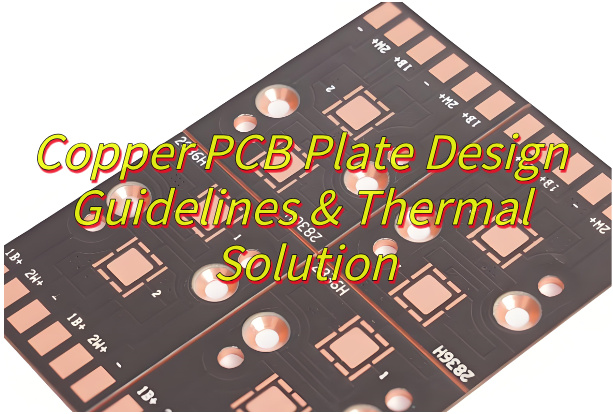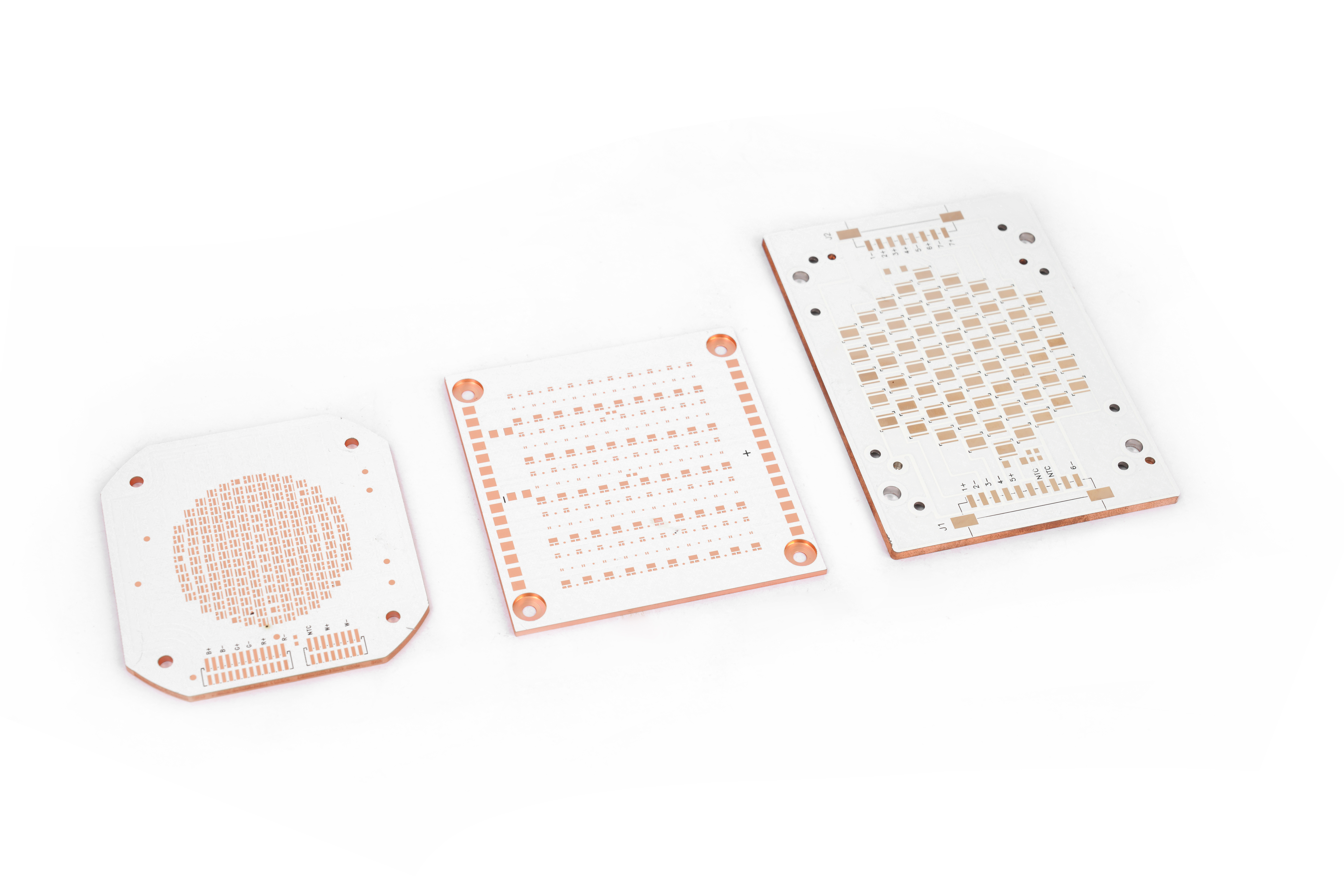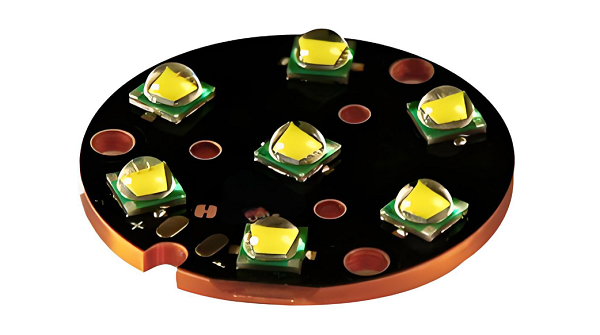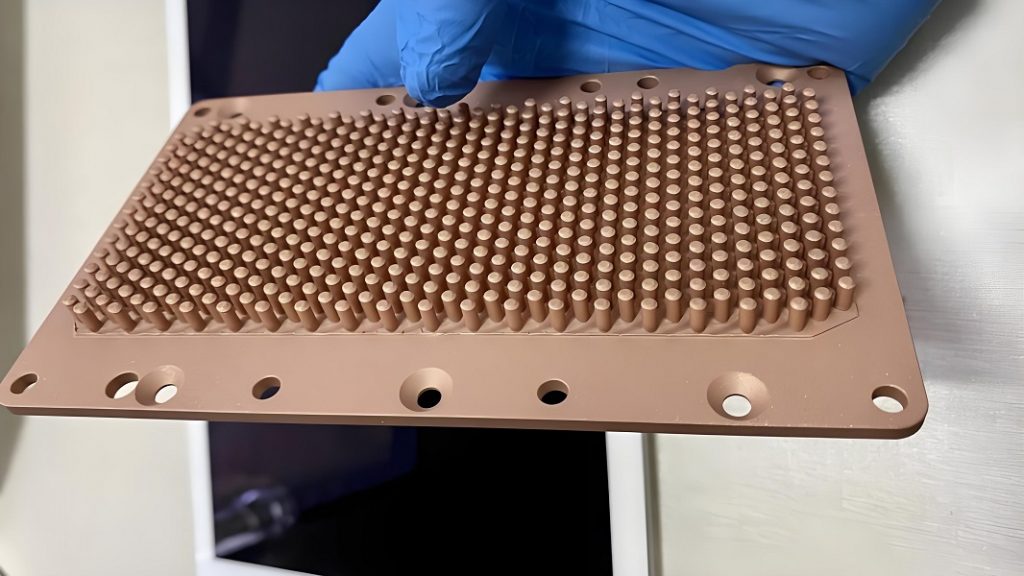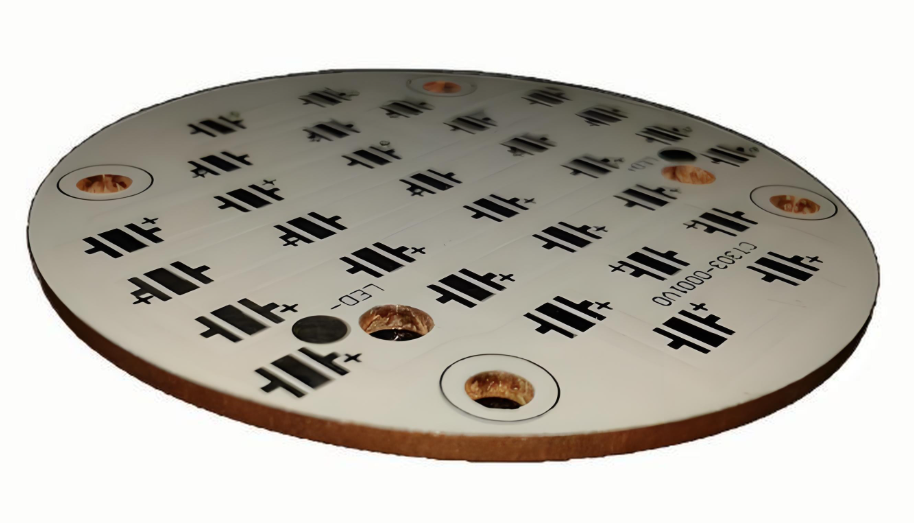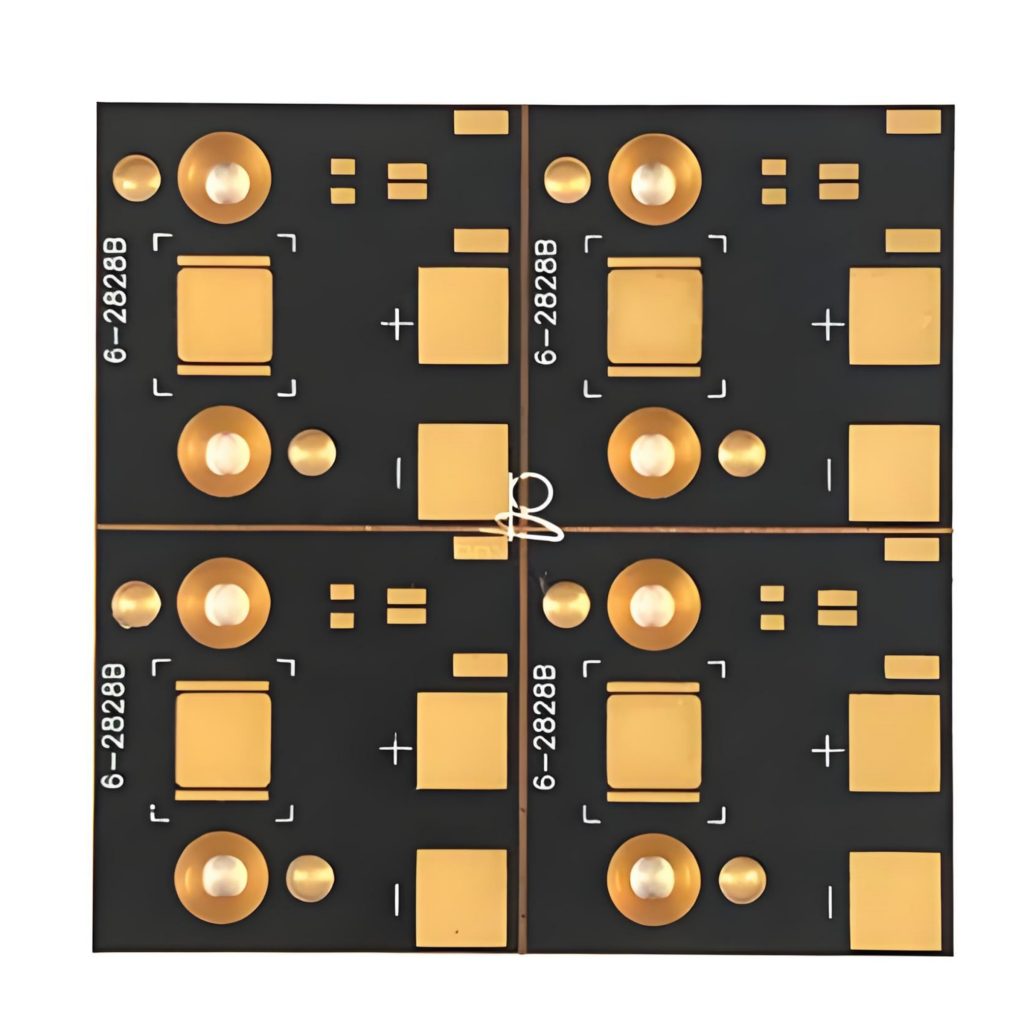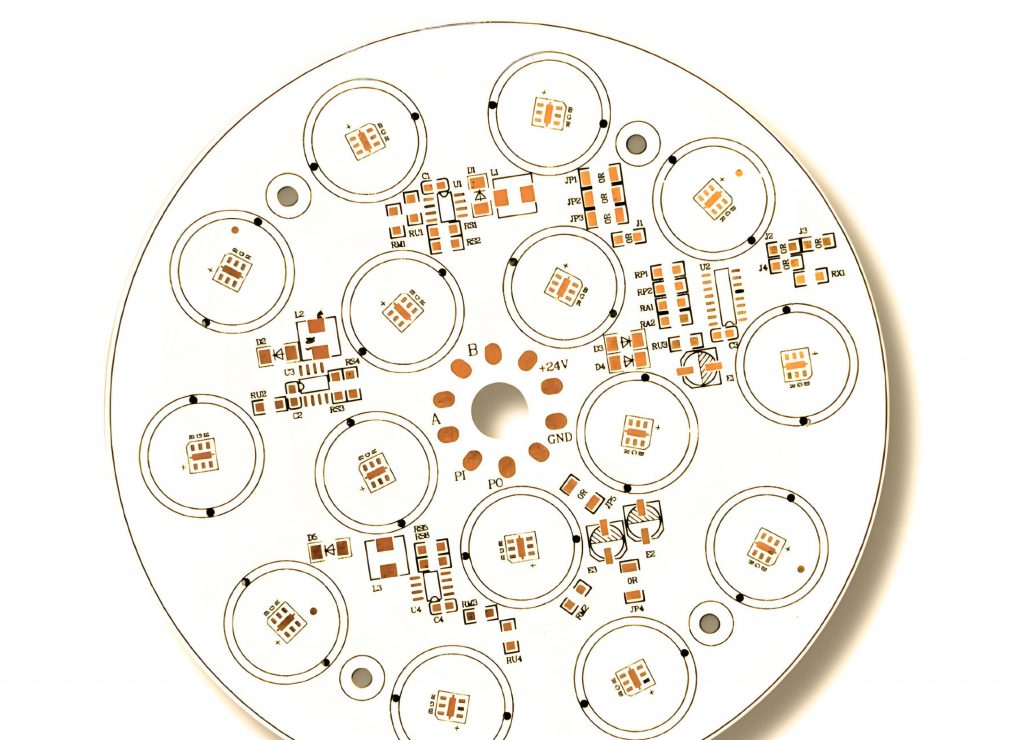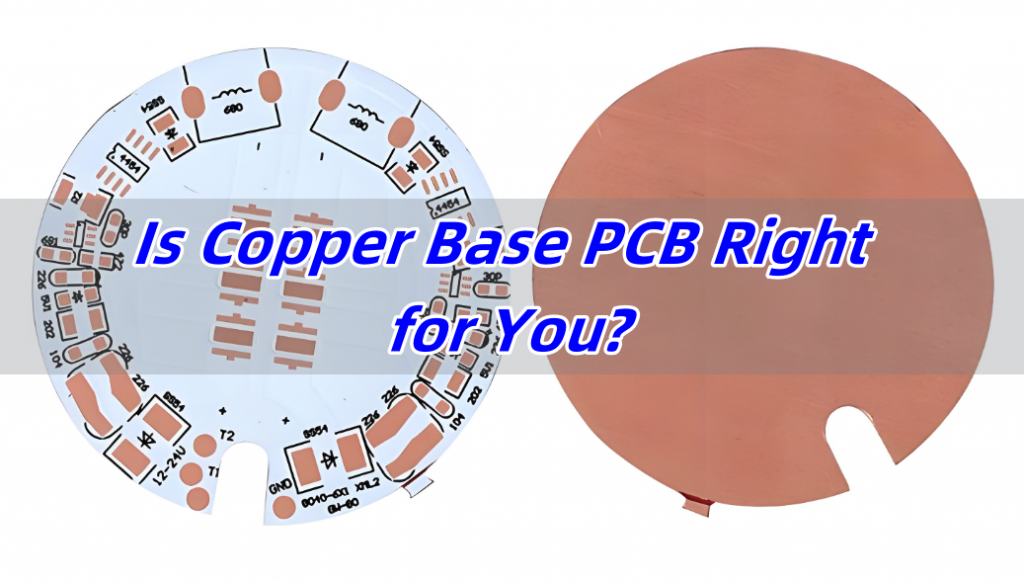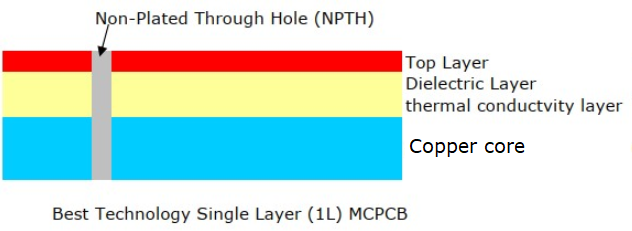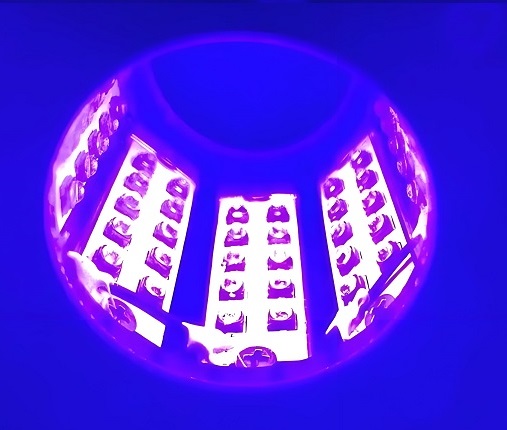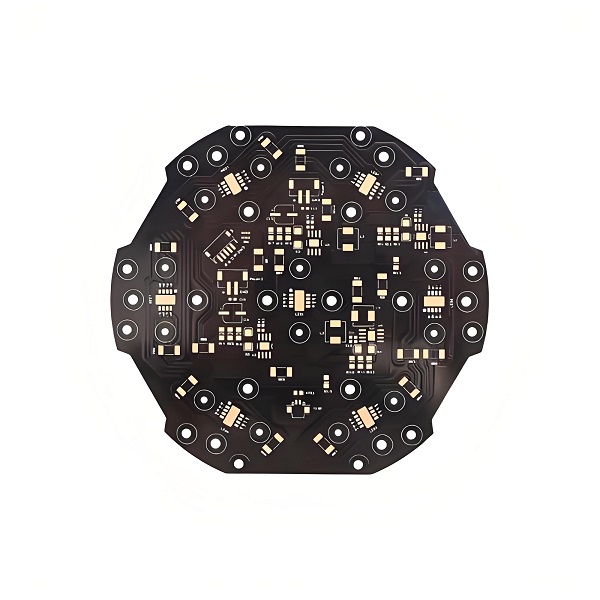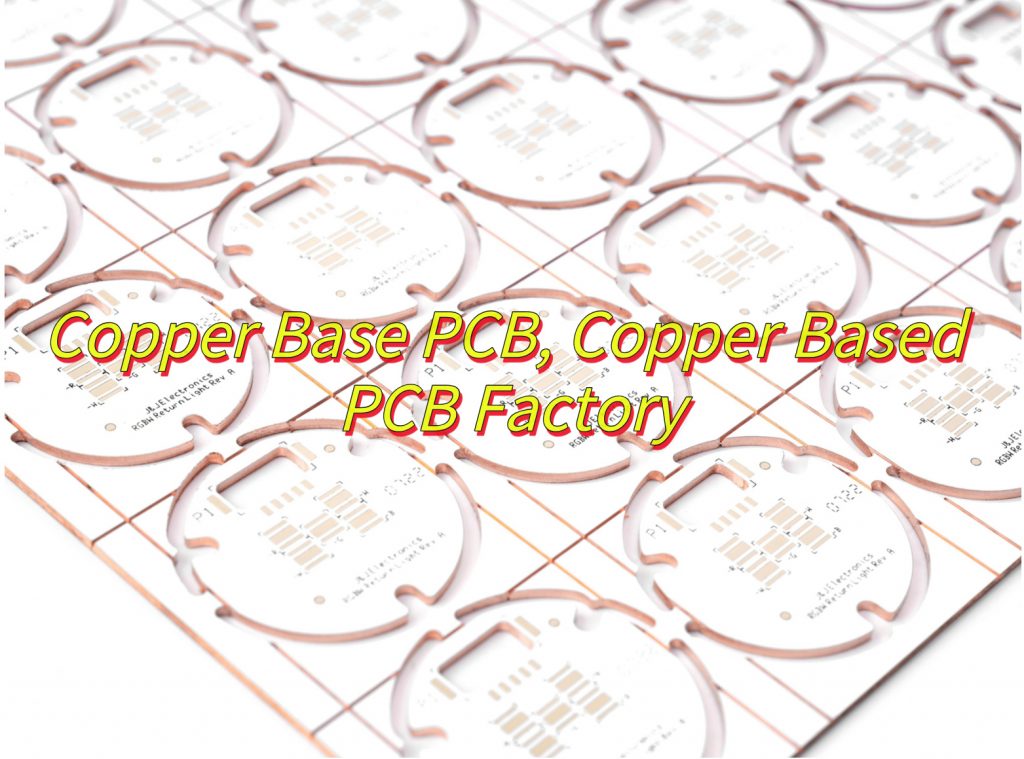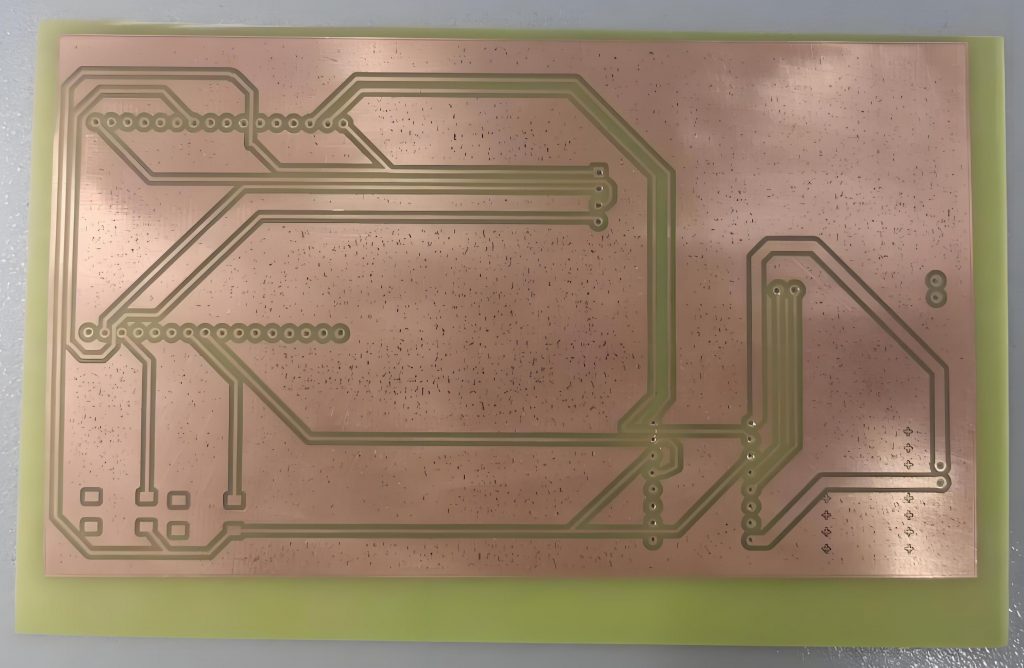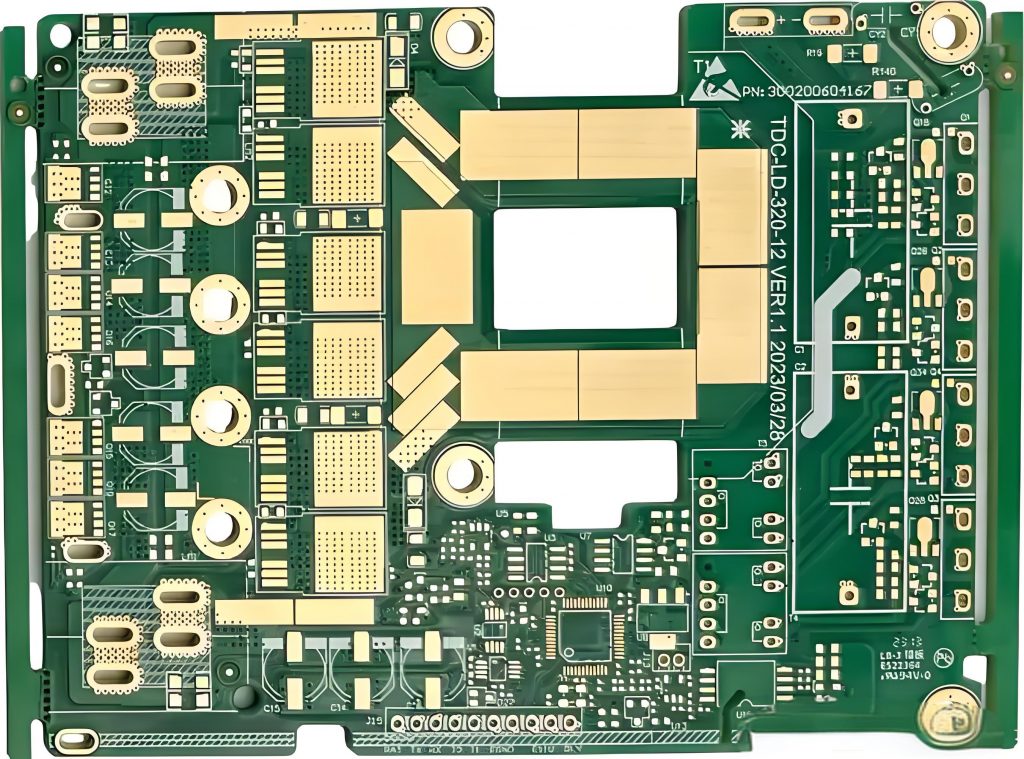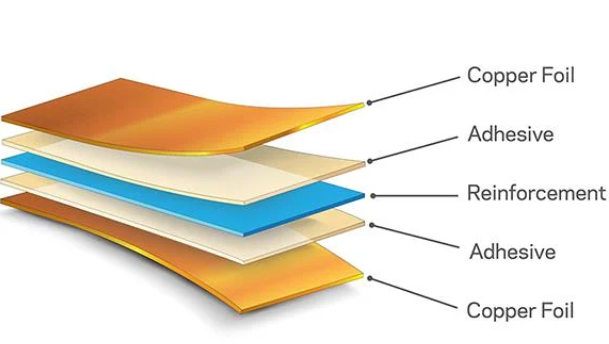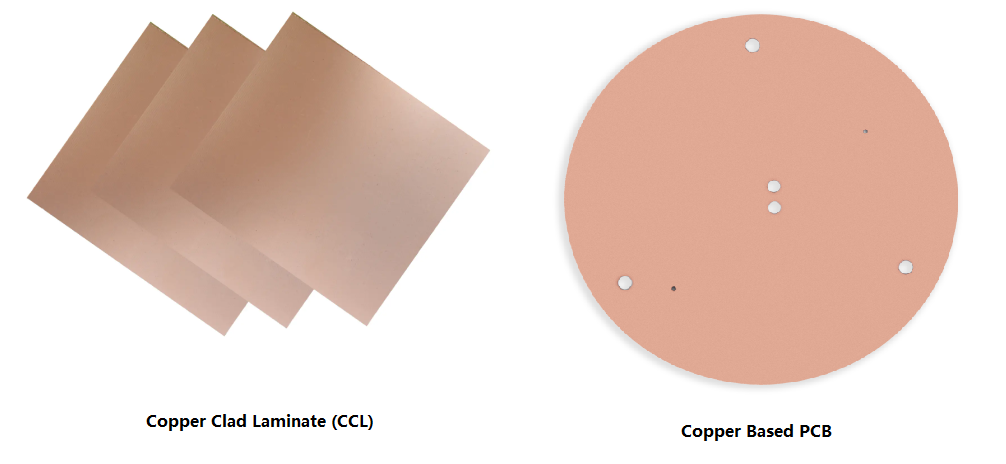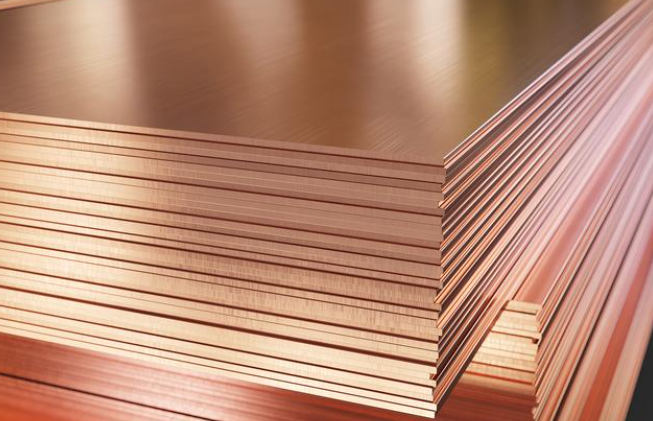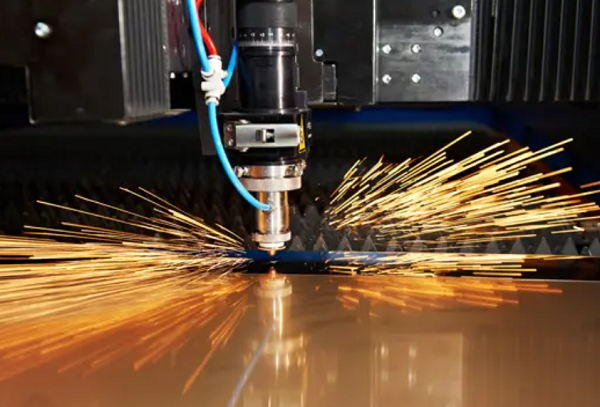Looking for copper substrate PCB solution? Let’s discover benefits, applications, design specifications and guide for copper substrate PCB.
Are you troubled with these issues?
- Why does your 5G base station PCB frequently drop connections at high temperatures?
- Why do LED car headlights always lose light so quickly?
- Why is signal loss in high-frequency communication modules so high?
Best Technology can provide solutions
- 72-hour express delivery system: Equipped with a fully automated laser drilling line, mass production orders ship within 3 days (including special insulation layer curing).
- Cost optimization expert system: Unique copper thickness gradient design reduces raw material costs by 12% while ensuring performance.
- Full-process thermal management solution: Provides a complete cooling solution from thermal simulation to mass production, reducing measured temperature rise by 28°C.
Welcome to contact us if you have any request for metal core PCB: sales@bestpcbs.com.
What Is the Definition of Copper Substrate PCB?
A Copper Substrate PCB is a type of printed circuit board that uses copper as the base material instead of traditional substrates like FR4 (fiberglass) or ceramic. In this type of PCB, a thick copper layer (usually much thicker than standard copper foil used in conventional PCBs) serves as the core or foundation for building the circuit. The copper substrate provides excellent thermal conductivity, electrical performance, and mechanical stability, making it ideal for high-power and high-heat applications such as power electronics, LED lighting, and automotive systems.
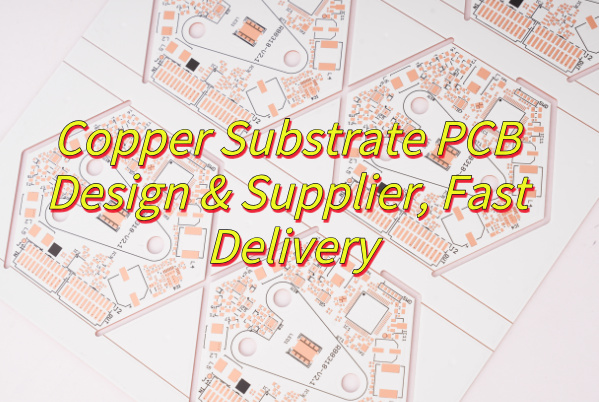
What Are Benefits of Copper Substrate PCB?
Advantages of copper substrate PCB:
Superior Thermal Management
- Conducts heat 8x faster than standard FR4 PCBs (398W/mK vs. 0.3W/mK).
- Reduces junction temperature by 15-30%, extending component lifespan.
Enhanced Electrical Performance
- Lower impedance & better signal integrity for high-frequency applications (5G, RF).
- Stable dielectric properties (Dkâ€3.5) minimize signal loss.
Mechanical Durability
- Withstands 3x higher mechanical stress than aluminum substrates.
- Ultra-low thermal expansion (16.5ppm/â) prevents warping at high temperatures.
Cost-Effective Longevity
- 50% smaller heat sink requirements cut system cooling costs.
- 30% longer operational life reduces replacement frequency.
Design Flexibility
- Supports fine-line etching (0.1mm traces) for compact high-power designs.
- Compatible with multi-layer stacking for complex circuits.
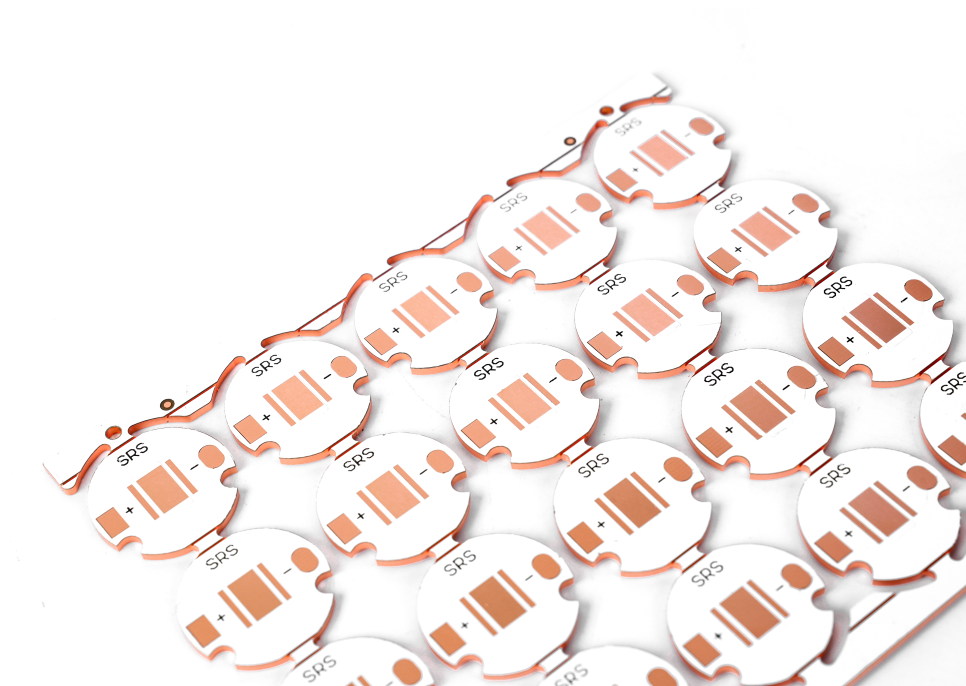
What Are Applications of Copper Based PCB?
- High-Power LED Lighting – Superior heat dissipation (398W/mK thermal conductivity) ensures stable performance in LED arrays and automotive headlights
- Power Electronics – Used in server power supplies, inverters, and motor drivers, handling currents up to 200A with 6oz copper foil
- Automotive Systems – Critical for EV charging (OBC/BMS) and engine control units (ECUs), withstanding high temperatures (150â+) and vibrations
- Telecommunication Base Stations – Supports 5G RF components due to low signal loss and EMI shielding
- Industrial Equipment – Welding machines, laser drivers, and UPS systems leverage its high current capacity (30A/mmÂČ)
- Aerospace & Defense – Radar systems and high-energy lasers rely on its thermal stability and reliability (MTBF >100k hours)
- Medical Devices – Ensures precision in imaging equipment and surgical tools with minimal thermal expansion
Copper Based PCB Design Specification
| Parameter | Technical Specification | Note |
| Copper Thickness | 1oz (35ÎŒm)/2oz (70ÎŒm)/3oz (105ÎŒm) | For high-current applications, â„2oz is preferred; 1oz for cost reduction |
| âBase Material | Oxygen-free copper (purity â„99.5%) | High conductivity (58MS/m) minimizes signal loss |
| Thermal Performance | Thermal conductivity â„398W/mK | Ensures â€30â temperature rise for power devices |
| âInsulation Voltage | â„3000VAC | Enhances safety and meets UL certification |
| Trace Width/Spacing | Minimum 0.1mm (4mil) | Supports high-density routing with laser drilling |
| âCurrent Capacity | 1oz: 1A/mmÂČ, 2oz: 2A/mmÂČ | Reduces thermal risks in high-current designs |
| Surface Finish | ENIG/HASL/OSP | ENIG for reliability, HASL for cost sensitivity |
Copper Substrate PCB Design Guide
1. Substrate Material
- Prioritize high-thermal-conductivity copper substrates (e.g., aluminum, copper, or iron substrates) with thermal conductivity â„1 W/(m·K).
- Select copper foil thickness (typically 35ÎŒmâ210ÎŒm) based on current-carrying requirements.
- Insulation layers must be high-temperature-resistant and highly insulating (e.g., polyimide or modified epoxy resin).
2 Layer Stack-Up
- Single-layer copper substrates: Suitable for simple thermal management (e.g., LED lighting).
- Multi-layer copper substrates: Use prepreg for interlayer insulation to prevent delamination due to thermal stress.
3. Routing Optimization
- Use wide traces (â„0.5 mm for 1 oz copper) for high-current paths to minimize heating.
- Separate signal and power traces to avoid electromagnetic interference (EMI).
- Avoid sharp 90° bends; use 45° chamfers or arc transitions.
4. Thermal Design
- Place thermal copper pads beneath critical components (e.g., MOSFETs, ICs) and connect them to the copper substrate via thermal vias.
- Thermal vias: Diameter â„0.3 mm, spacing â€1.5 mm, filled with thermally conductive material (e.g., silver paste).
5. Lamination & Etching
- Lamination temperature: 180â200°C, pressure â„30 kg/cmÂČ to ensure adhesion between copper and insulation layers.
- Use alkaline etching solutions to avoid undercutting and maintain trace width accuracy.
6. Surface Finish
- Recommend ENIG (Electroless Nickel Immersion Gold) or OSP (Organic Solderability Preservative) for oxidation resistance and soldering reliability.
- Apply anti-oxidation treatment (e.g., nickel or tin plating) to copper substrate surfaces.
7. Thermal Performance Testing
- Conduct thermal cycling tests (-40°C to 125°C, â„100 cycles) to verify material compatibility of thermal expansion coefficients.
- Use infrared thermal imagers to detect hotspots; ensure temperature rise â€30°C under full load.
8. Electrical Performance Verification
- Impedance control: Adjust trace width/spacing based on signal speed, with tolerance â€10%.
- High-voltage testing: Insulation layer withstand voltage â„500 V AC, leakage current â€1 mA.
9. Cost Control
- Simplify layer count; prioritize single- or double-layer designs.
- Use standardized substrate sizes (e.g., 100 mm Ă 100 mm) for mass production.
10. Gerber File Requirements
- Clearly mark copper substrate areas (e.g., .GTO layer) to distinguish signal and thermal layers.
- Provide 3D assembly drawings with component height and thermal structure clearance annotations.
11. DFM (Design for Manufacturability) Check
- Minimum trace width/spacing â„0.2 mm, via diameter â„0.3 mm.
- Avoid placing critical components within 5 mm of substrate edges.
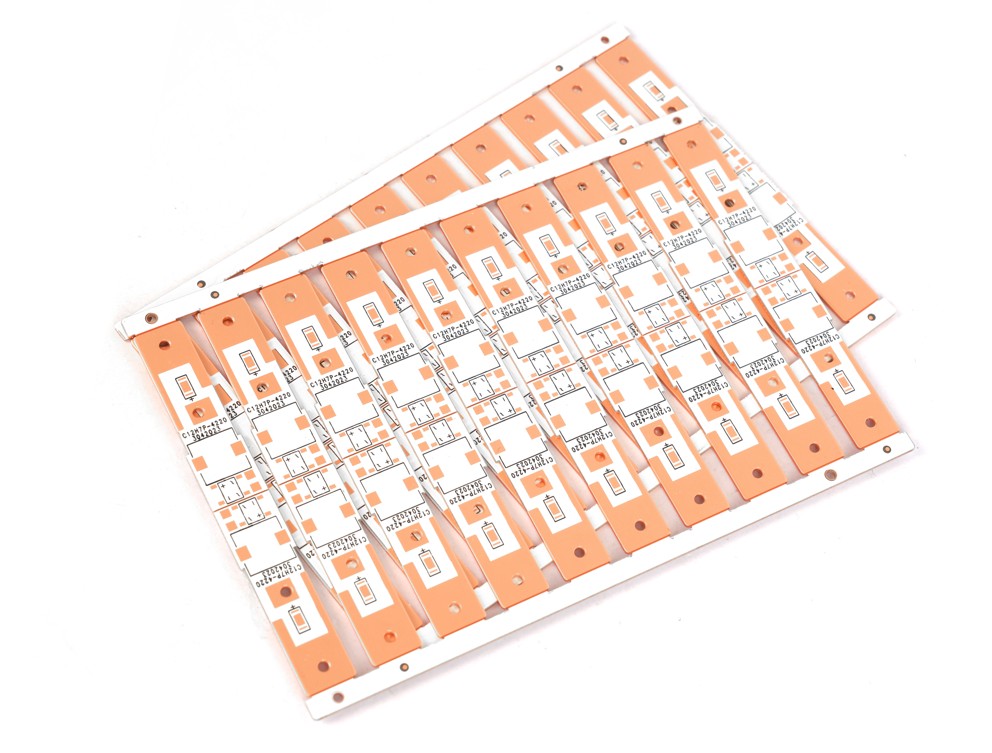
Why Choose Best Technology as Copper Substrate PCB Supplier?
Reasons why choose Best Technology as copper substrate PCB supplier:
- 24-Hour Rapid Prototyping: Accelerate product validation by 5x, beat competitors to market.
- A Week Mass Production Turnaround: Eliminate supply chain bottlenecks during peak seasons.
- Thermal Performance Optimization: Reduce power module temperatures by 25%, extend product lifespan.
- Cost-Efficient Material Solutions: Achieve 15% higher profitability for LED/5G products.
- High-Density Routing Expertise: Miniaturize IoT devices without sacrificing performance.
- Global ISO/RoHS/REACH/UL Compliance: One-step certification for EU/US markets.
- Smart DFM Support: Avoid costly redesigns with first-pass success guarantee.
- Flexible Order Capacity: 100-100,000+ panel batch production capability.

Our Copper Substrate PCB Capabilities
| Base material: | Copper |
| Thermal Conductivity (dielectric layer): | 0.8, 1.0, 1.5, 2.0, 3.0 W/m.K. |
| Board Thickness: | 0.5mm~3.0mm(0.02″~0.12″) |
| Copper thickness: | 0.5 OZ, 1.0 OZ, 2.0 OZ, 3.0 OZ, up to 10 OZ |
| Outline: | Routing, punching, V-Cut |
| Soldermask: | White/Black/Blue/Green/Red Oil |
| Legend/Silkscreen Color: | Black/White |
| Surface finishing: | Immersion Gold, HASL, OSP |
| Max Panel size: | 600*500mm (23.62″*19.68″) |
| Packing: | Vacuum/Plastic bag |
| Samples L/T: | 4~6 Days |
| MP L/T: | 5~7 Days |
Our Quality Inspection & Certification
- Certified & Compliant Standards: ISO 9001, ISO 13485, IATF 16949 Certified, and UL, REACH, RoHS Compliant.
- AOI (Automated Optical Inspection): Detects surface defects like open/short circuits, missing components, and soldering issues.
- X-Ray Inspection (Internal Defect Screening): Checks solder joint voids, cracks, and BGA/QFN hidden defects.
- Peel Strength Test (Adhesion Assessment): Quantifies copper-clad laminate bonding force (ASTM D903).
- Aging Test (Environmental Stress Screening): Includes thermal cycling (-40â~85â) and humidity exposure to validate long-term reliability.
- Dimensional Verification (CMM/Profilometer): Measures thickness (±0.1mm), flatness, and hole alignment accuracy.
How to Get A Quote For MCPCB Project?
To ensure an accurate and fast quotation, please provide the following details:
â1. Required Technical Specificationsâ
- Layer Countâ (1L/2L/Multilayer)
- âBase Materialâ (Aluminum/Copper/Ceramic) & Thickness
- âCopper Weightâ (1oz/2oz/3oz)
- âBoard Dimensionsâ (Length Ă Width ± Tolerance)
- âSpecial Requirementsâ (Impedance control, blind/buried vias, etc.)
2. Files to Submitâ
- Gerber Filesâ (RS-274X format preferred)
- âDrill Filesâ (Excellon format)
- âStackup Diagramâ (If multilayer)
- âSchematic & BOMâ (For assembly projects)
3. Additional Informationâ
- Quantityâ (Prototype/Bulk order)
- âPreferred Lead Timeâ (Standard/Expedited)
- âSurface Finishâ (ENIG/HASL/OSP, etc.)
Why Choose Best Technology?â
- â24H Rapid Prototypingâ â Fast-track your product launch.
- âCost-Effective Solutionsâ â Optimized designs save 10â15% on material costs.
- âReliabilityâ â 99.8% first-pass yield for high-power applications.
Get Your Quote Today!â Contact us at sales@bestpcbs.com with your project details.



